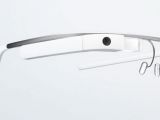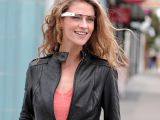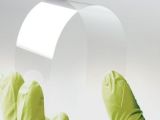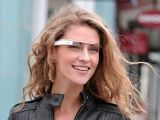Google Glass is that augmented reality headset that you've probably been hearing about all over the place, even though it hasn't exactly been selling like bread. Curiously, though, it doesn't seem to be a purely consumer convenience.
The latest reason to believe this comes from BMW, of all places. The well-known international car brand has begun to use the device in its quality checking program.
It's just as a test, for now, in preliminary stages, but workers have been using the Google Glass to record test series with pre-series vehicles quite successfully.
They have been taking photos, recording videos and basically documenting potential deviations from regular car standards. It has been opening doors for faster error detection, analysis and correction.
The Industry 4.0 campaign
This is a program that BMW started some time ago, and the prime directive is to use the latest technology to speed up production and product development and refinement, as well as making employee jobs and lives easier.
Currently, the program is only in its pilot stages at the BMW US plant in Spartanburg. The Google Glass headset is being used not just for all the above but also to find out if the way employees work could be improved somehow.
The Google Glass also opens a new level of dialog between car designers/engineers and the quality check crews, by means of video calls.
BMW believes that the pilot phase will be successful and will allow the Google Glass to be used in many final assembly stages.
Currently, between 15 and 25 tests are done on each vehicle, complete with documentation. Normally, this needs checkers to walk from the car to a nearby terminal hundreds of times in order to input data, but the Google Glass will not only expedite that but will also allow them to check with original engineers without needing the latter to come over from different labs and factories hundreds of meters away.
What the Google Glass is normally used for
Since it's supposed to be a convenience device, it is designed in such a way as to both complement existing mobile devices and be capable of working independently as well, if need be.
The Google Glass has a single lens, which is really a transparent screen, over the right eye, held there by an understated glasses-type frame (the only reason we're not calling it a monocle). GPS, wireless communication support, video, voice and audio are all supported, complete with a rudimentary AI that can recognize landmarks or objects you're looking at, so that informative pop-ups may sprout as needed.
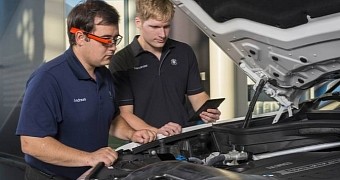
 14 DAY TRIAL //
14 DAY TRIAL // 
